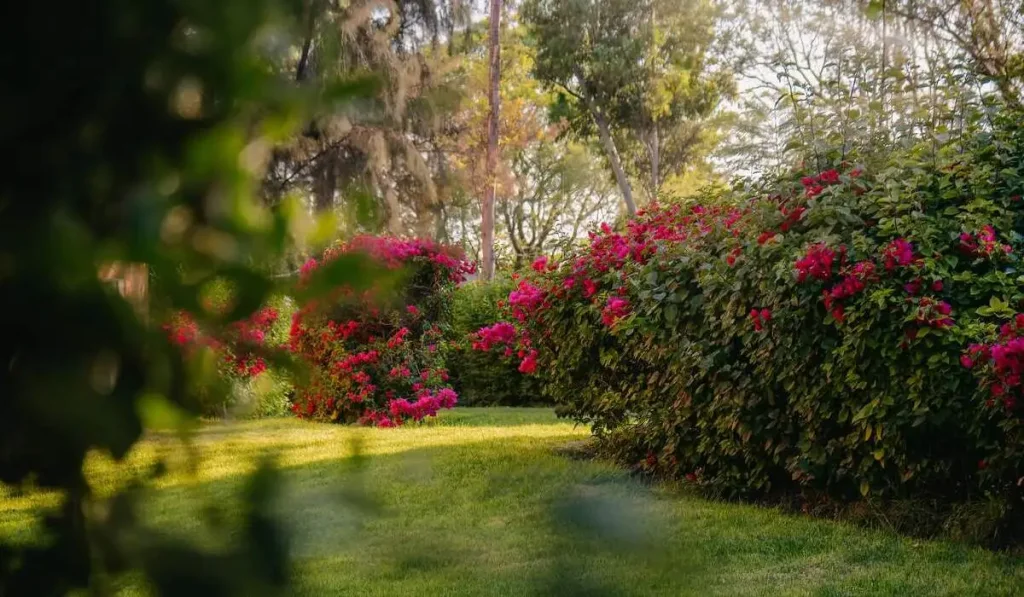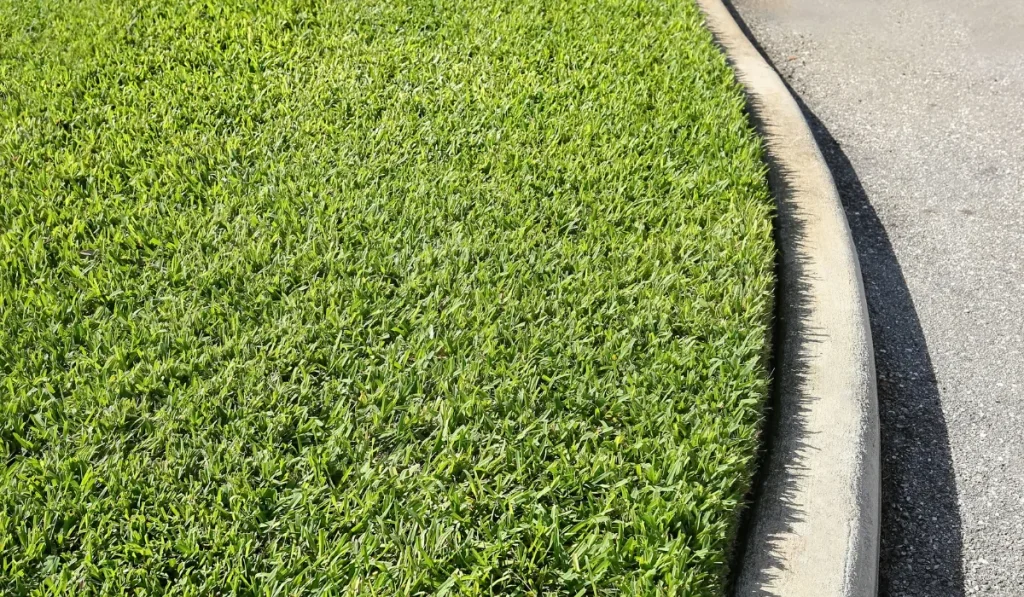Located near Los Angeles in the heart of sunny Southern California is the City of Santa Ana, a hub for art, culture, and discovery. It’s no wonder so many prospective homeowners flock to the area. It’s a wonderful place to live, no matter who you are or the size of your family.
But as a property owner, you’re responsible for ensuring that all land use, including your landscaping, meets local regulations. Working with a landscaping professional or landscape architect can help simplify the landscape planning and design process. Navigating guidelines like those below is the first step to creating a beautiful landscape to enjoy for years to come.
Key Takeaways
- It’s necessary to create a landscape plan for any new project. This plan must explain the plant life, water needs, and design of an upcoming landscape.
- Residents must combine ground cover with things like stones, pebbles, and walkways to create a sustainable and drought-friendly landscape.
- Talk to city officials and local authorities with any questions about how your landscape plan might need to be tweaked to meet regulations.
Requirements
There are some general requirements all landscape projects must follow to comply with local regulations. The City of Santa Ana requires a Landscape Documentation Package to be sent in for approval before a project begins. The package must contain:
- A detailed, specific plan for your landscaping and watering or irrigation system
- Information about how much water your landscape will use
This plan will be used later as a reference when the landscape is finished. Once a licensed professional confirms the landscape design is ready, the project can begin in earnest.
The planning and approval process ensures all landscaping meets guidelines and is safe for the local environment. Santa Ana and much of California rely on sustainable landscaping practices — such as knowing your soil type, planting native crops, avoiding over-fertilizing, using greywater, etc. — to address conditions caused by climate change.
Landscape Water Management
Santa Ana Municipal Code states water management is a key part of landscape planning. Some of the specific regulations to know include the following:
- Landscape projects can use only a limited amount of water. The water is measured using what’s known as the Maximum Applied Water Allowance (MAWA). What the MAWA looks like in your area depends on your environment.
- Water-efficient landscaping practices must be used whenever possible. If you can’t stick to the water limits issued by the City, you have to find another way to show your plan is water-efficient.
Landscape
Santa Ana’s landscaping guidelines for single-family residences and duplexes are the most important to be aware of for residential projects. Some key landscape standards and design guidelines to know include the following:
- New gardens over 500 square feet (sq ft) or makeovers of gardens over 2,500 sq ft require plans and building permits from certified professionals.
- Ground cover should make up about 65% of the landscape. Materials used for ground cover can vary but should involve plants, fake grass (turf), or a combination.
- Just 35% of the landscape can be made up of bricks, hardscape, stones, or gravel. These areas should be able to let water through easily. Bare ground should be covered with at least two inches of mulch.
- Those living in either R1 or R2 zones, as outlined by local code, must plant a certain number of trees and shrubs. For instance, a landscape plan in one zone might be limited to one large tree, six medium-sized shrubs, and 10 small shrubs.
The city has some additional rules for synthetic turf, commonly used as a ground cover material. Since turf doesn’t need to be watered, it’s a drought-friendly landscaping solution. But to incorporate it appropriately, follow these synthetic turf standards.
- Turf is allowed so long as it doesn’t make up more than 50% of the total landscaped area.
- Only a contractor with a license and permits can install your turf. Any old sprinklers or other materials must be removed first.
- Turf should be at least one and a half inches long. It must let water pass through at a specific rate (30 inches per hour).
- A three-inch layer of crushed stone must be added to level ground before the turf is applied on top. A mixture of sand and rubber can also be poured into the turf to help it stand up and look like real grass.
Prohibitions
Failure to comply with Santa Ana, Orange County, or California State Code and regulations can lead to penalties or other consequences.
- Landscapes must be well cared for. It’s prohibited to allow signs of damage (such as torn turf) to remain without a plan to fix them.
Still, statewide drought conditions mean that most landscaping prohibitions surround water management and water conservation issues.
Landscape Water Management
Appropriate water management is vital to landscape maintenance, especially in an environment lacking supply. Keep your landscape healthy and free from penalties by ironing out how your plant material will get water from the beginning.
- Landscapes cannot use more water than what’s allowed by the MAWA. Using too much water can lead to financial and other penalties.
- Using too little water is also problematic. If plants and ground cover are not adequately watered and begin to die, replacements are necessary. Failing to take care of landscapes this way may also result in consequences.
- While greywater (clean water from things like showers, washing machines, etc.) and stormwater can be used in lawn care, they must be stored properly to avoid runoff.
Exceptions
There are a few circumstances where typical regulations might not apply to your landscape plan. If you think you may need to be granted leeway on any of these rules, it’s best to contact city officials directly.
- No special plans or permits are required when updating garden spaces less than 2,500 sq ft.
- Driveways and paths aren’t considered part of your landscape design. As a result, they don’t have to meet the same requirements or be considered “open space” in your plans.
Fire Code
Unless your landscape plan interferes with things like fire hydrants, you don’t need to worry too much about fire-specific regulations when creating a design. Any outdoor features like fireplaces or wooden patios must comply with California building codes and should be set up in a way conducive to good fire safety.
Talk to your local authorities to learn more about how to incorporate fire safety into your landscape plan.



